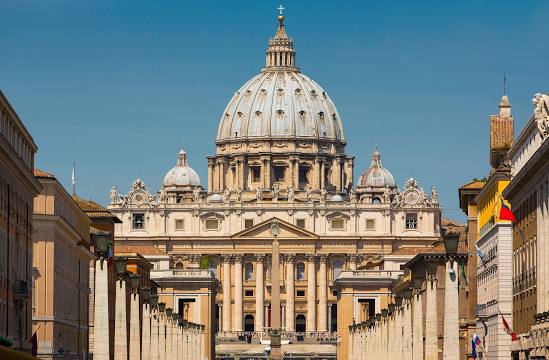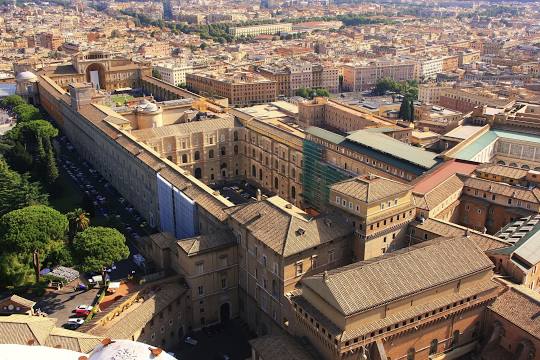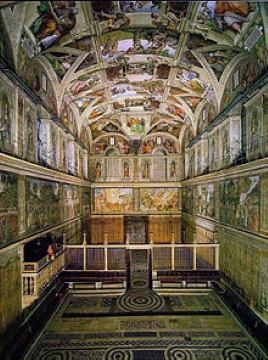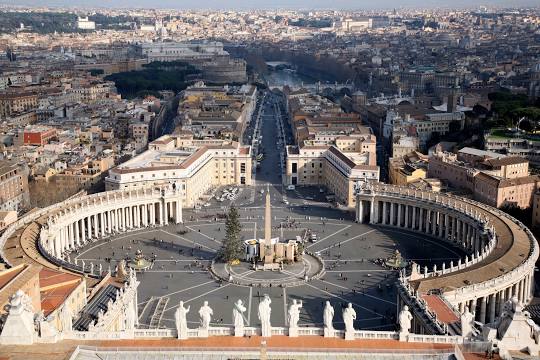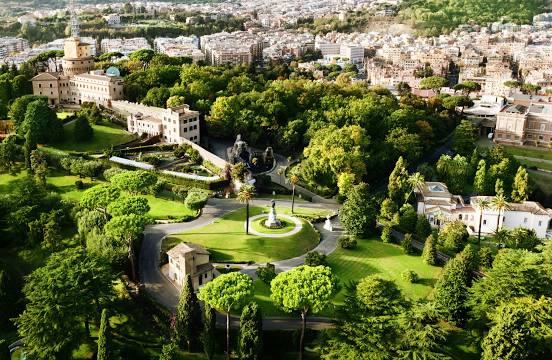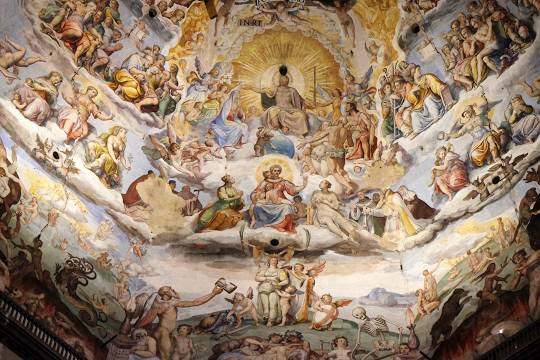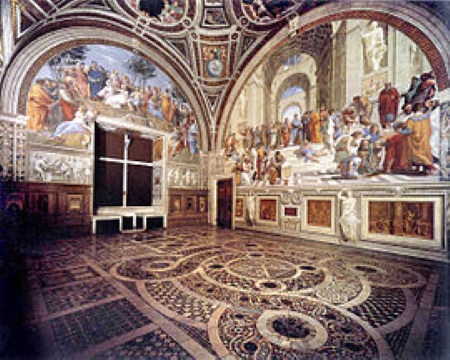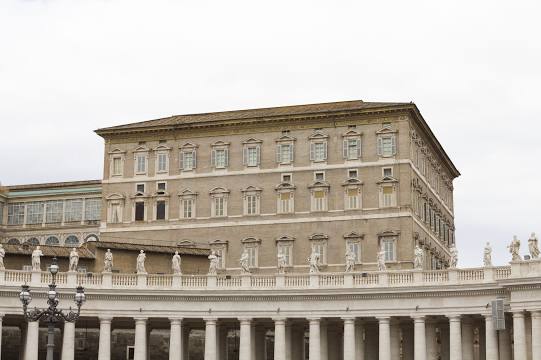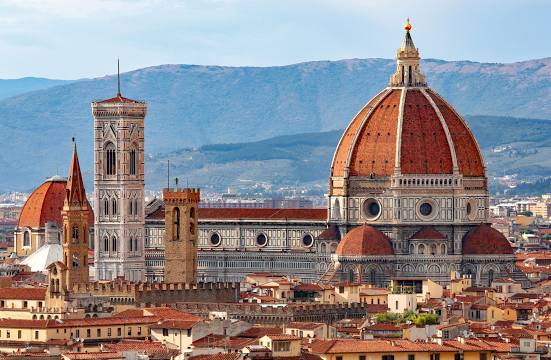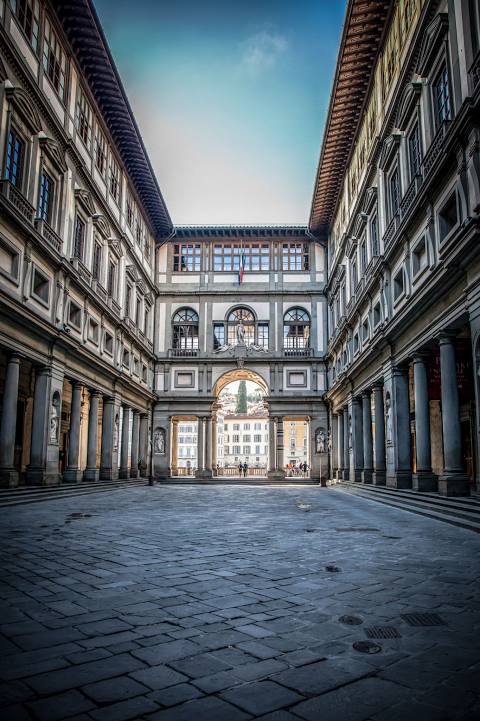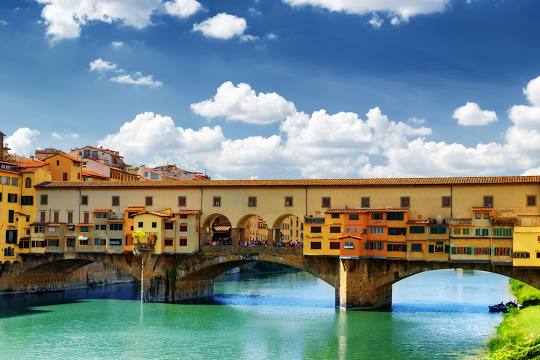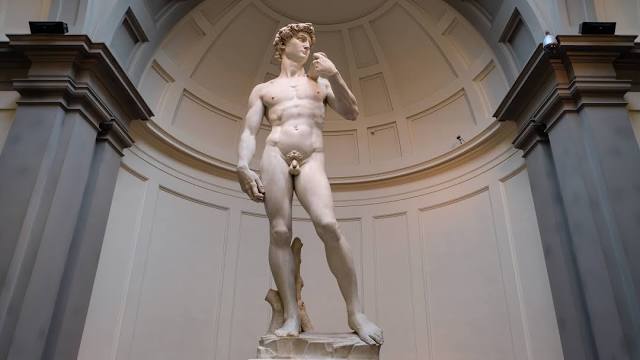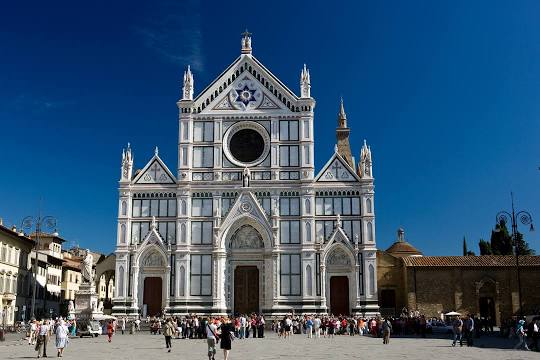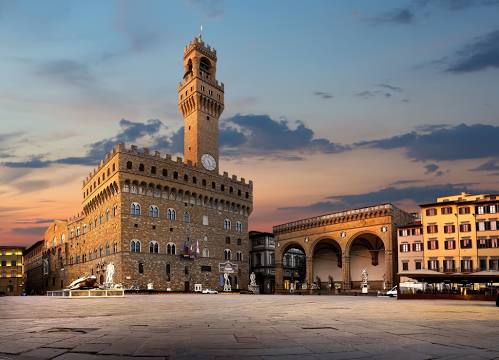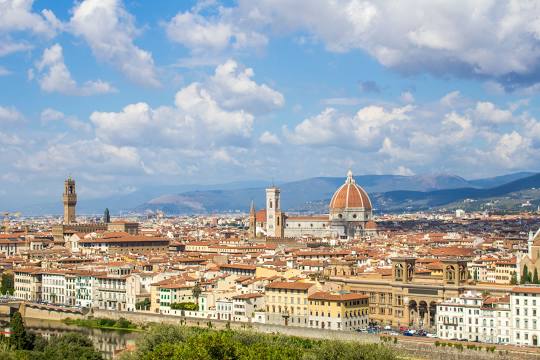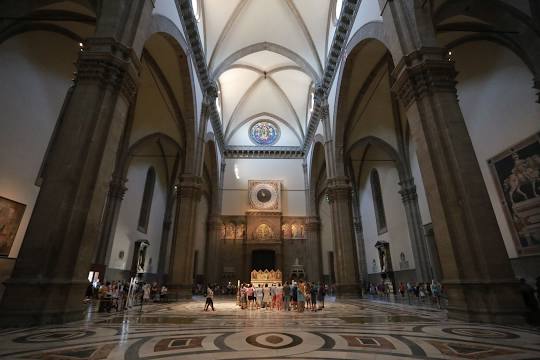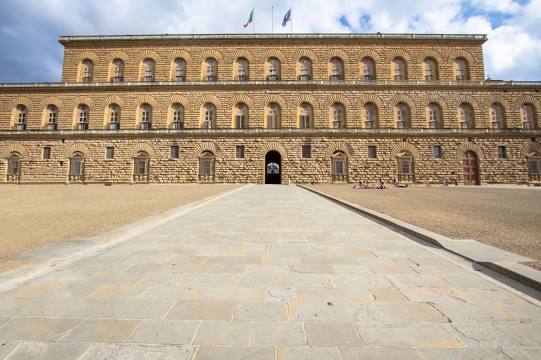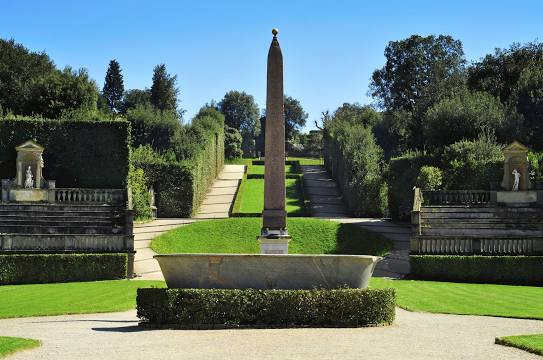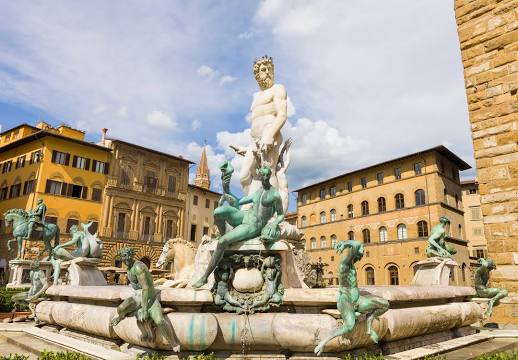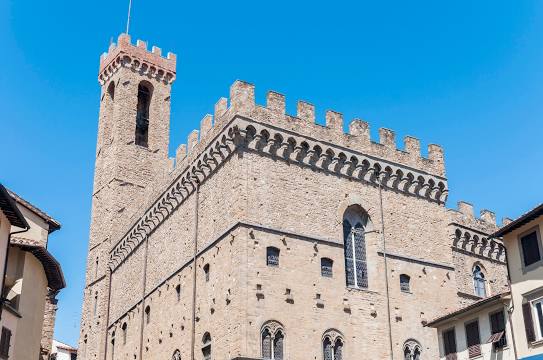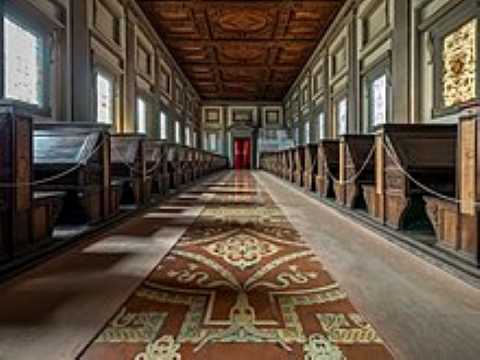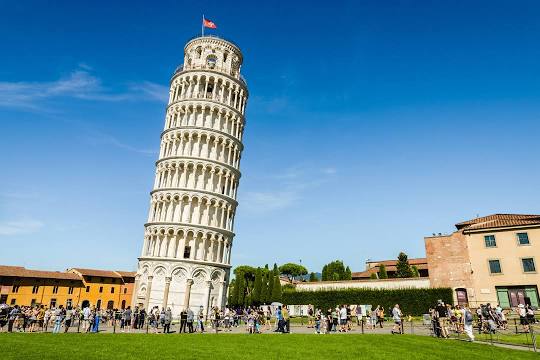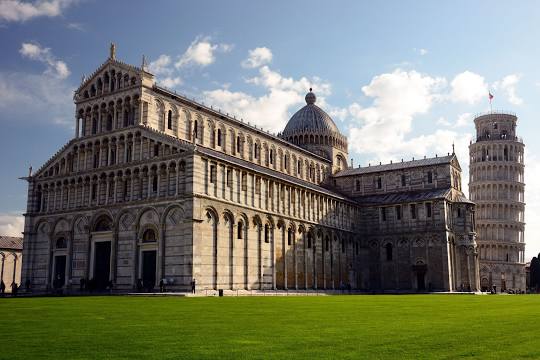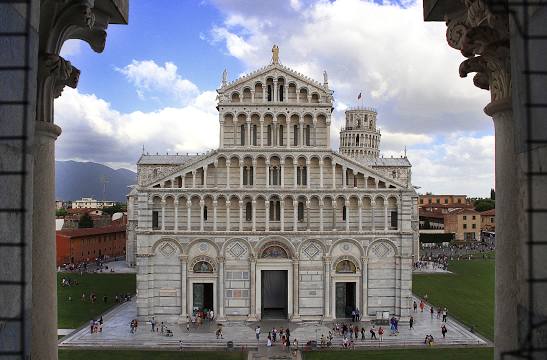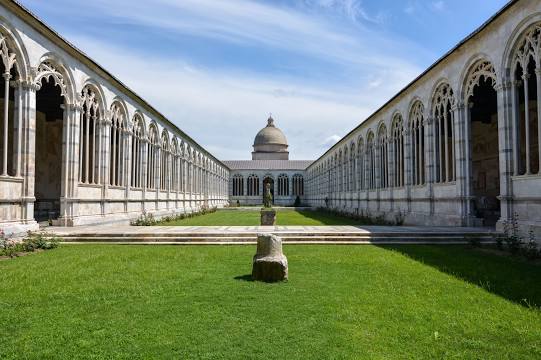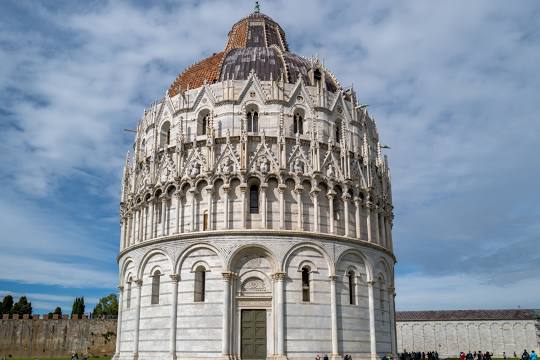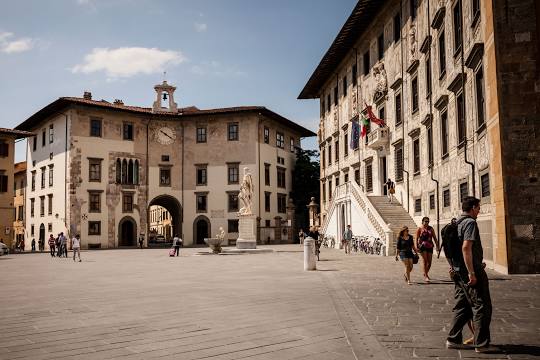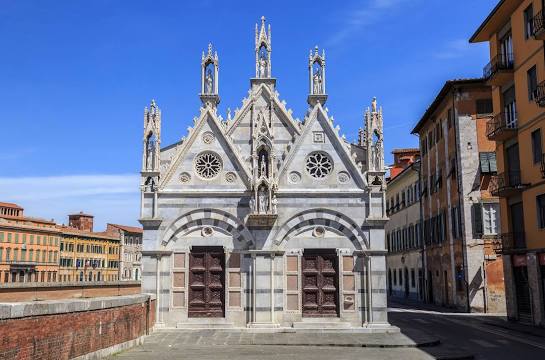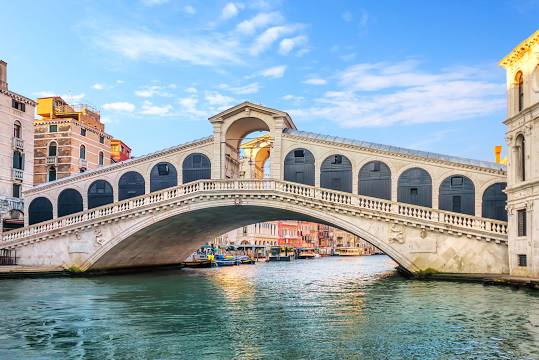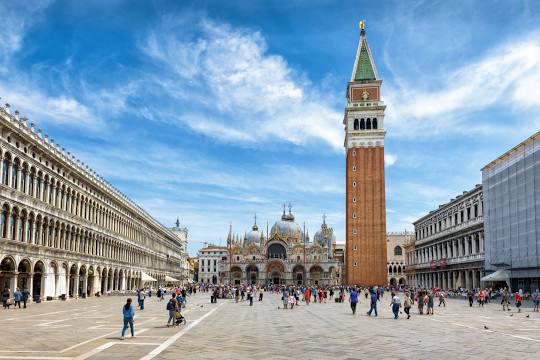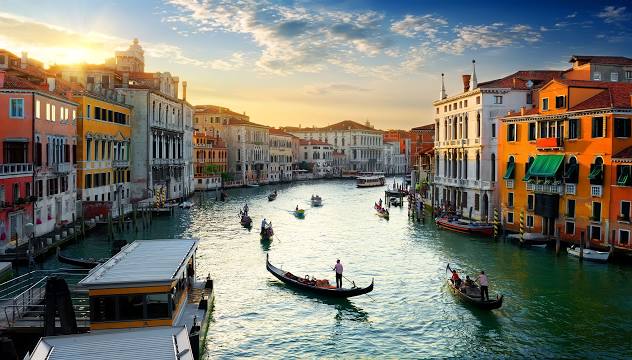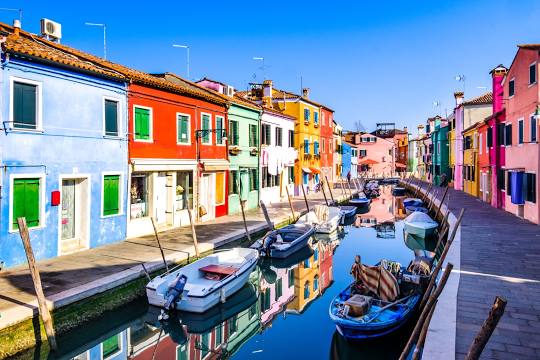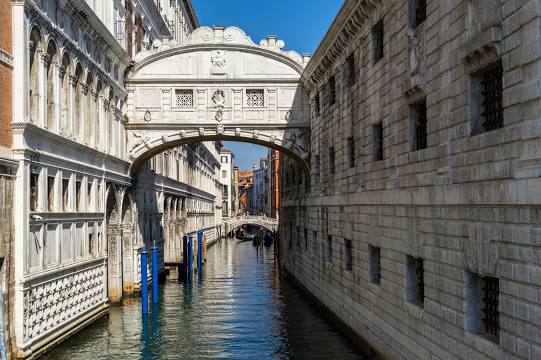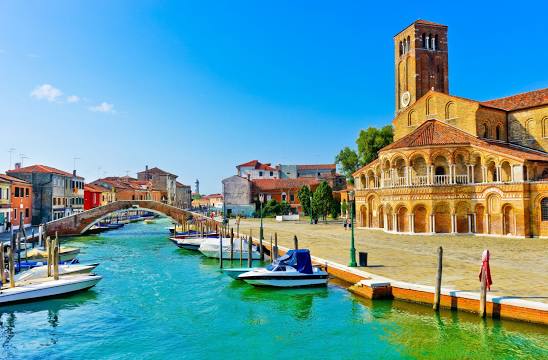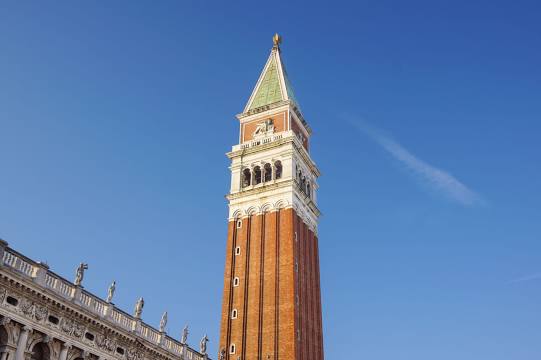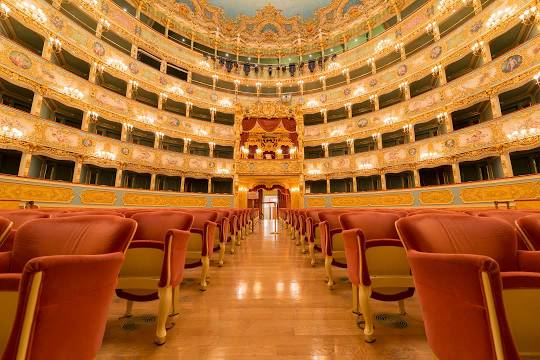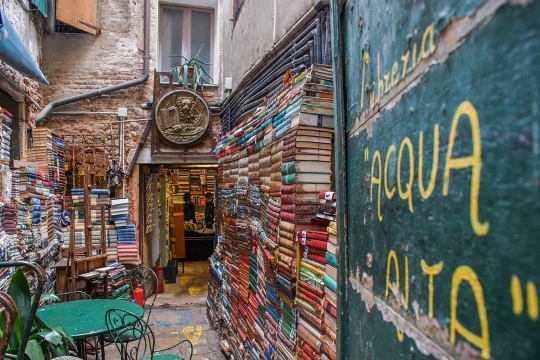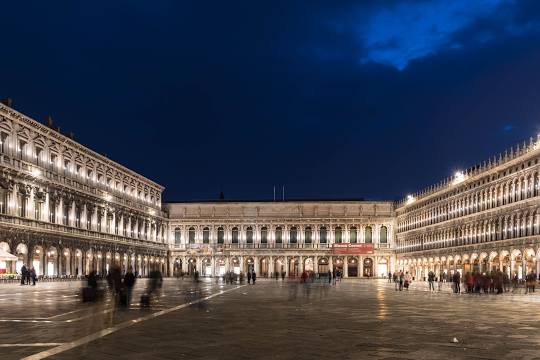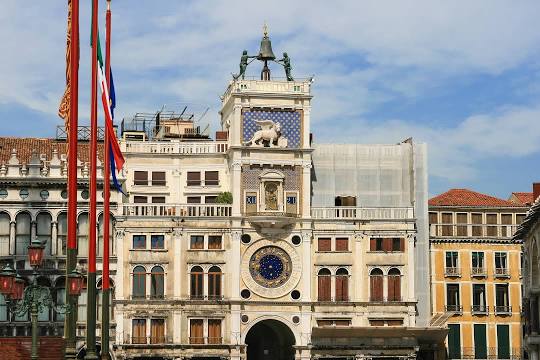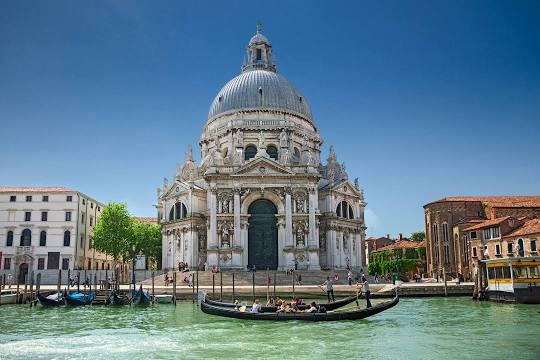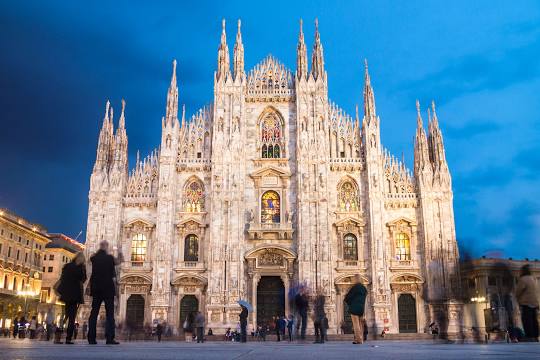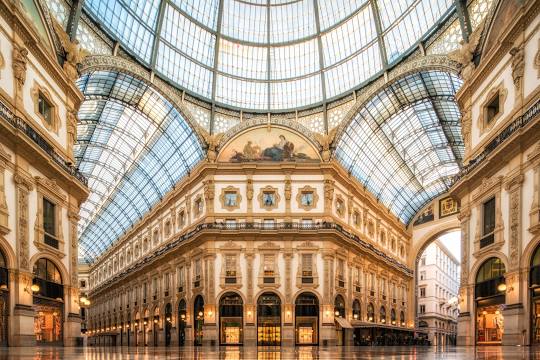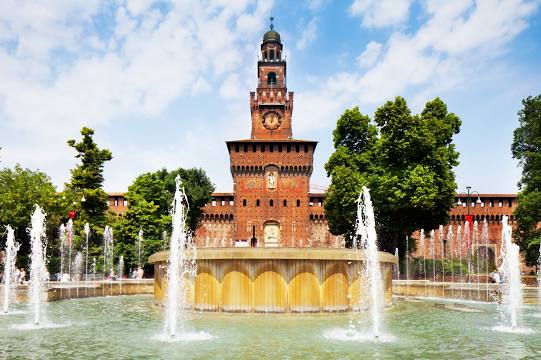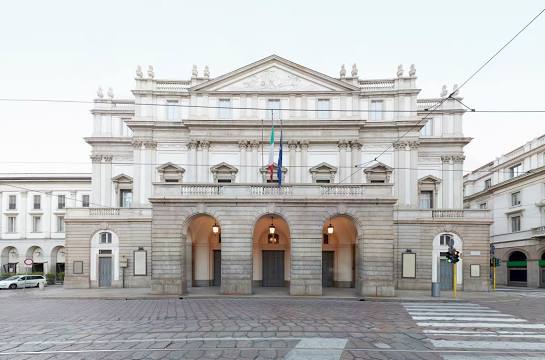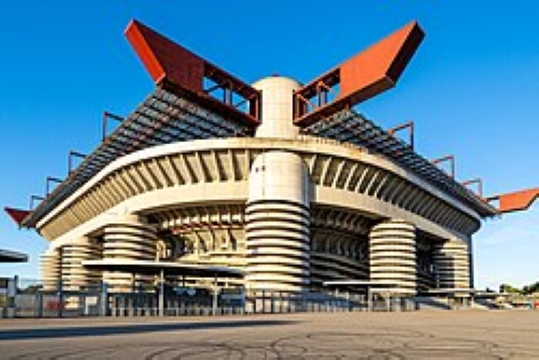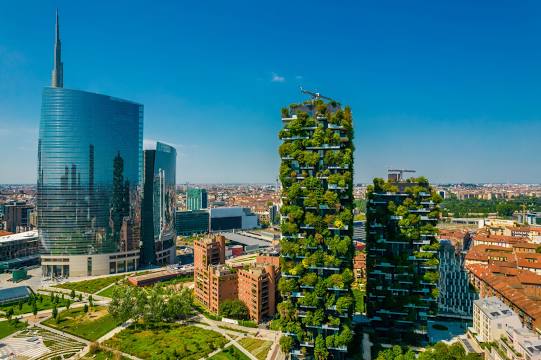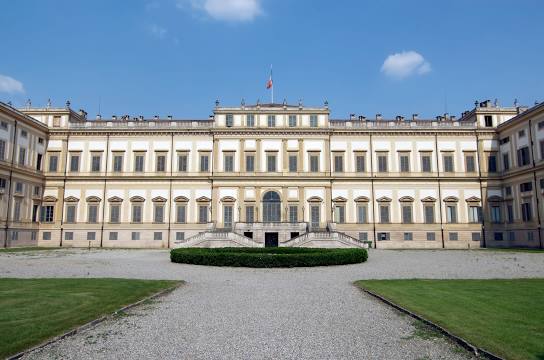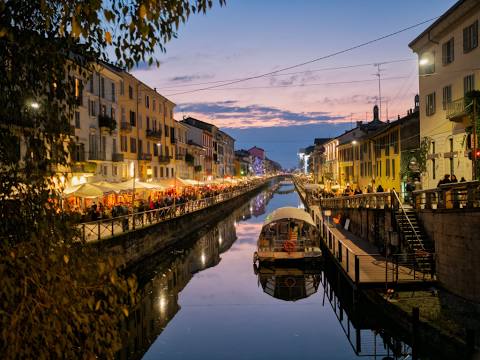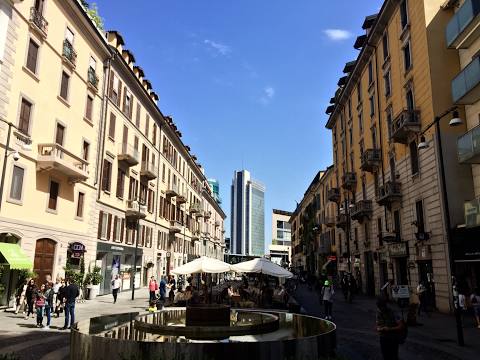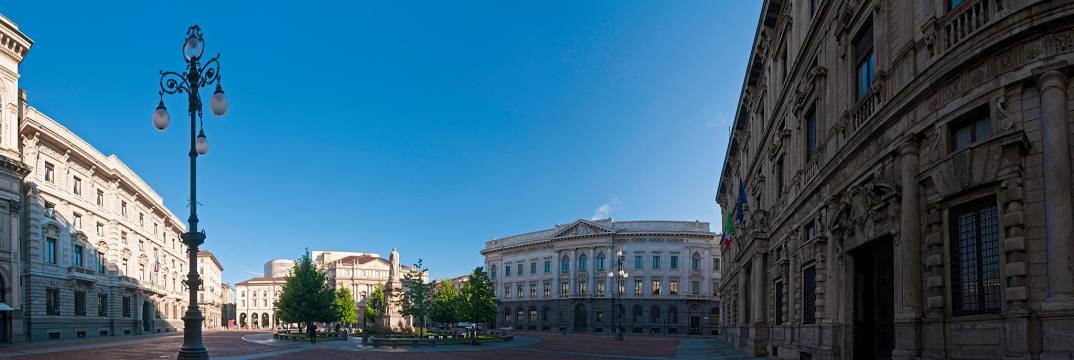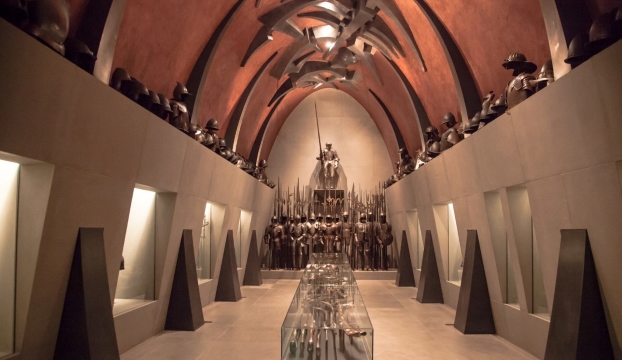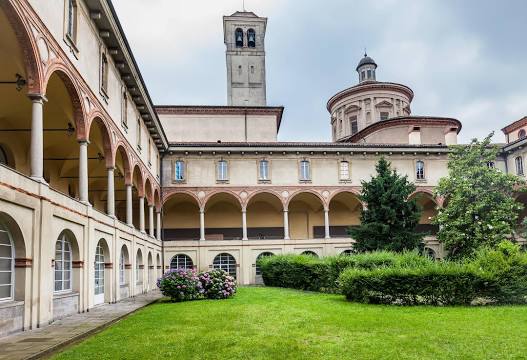Rome

Rome is the capital city of Italy and the centre of the Metropolitan City of Rome. It is the third most populous city in the European Union by population within city limits. The Metropolitan City has a population of 4,355,725 with 1,285 km2 (496.1 sq mi).
Top 15 places to visit in Rome
- Colosseum
- Pantheon
- Trevi Fountain
- Roman Forum
- Piazza Navona
- Spanish Steps
- Castel Sant’Angelo
- Altar of the Fatherland
- Basilica Papale di Santa Maria Maggiore
- Palatine Hill
- Piazza del Popolo
- Capitoline Musuems
- Campo de’ Fiori
- Arch of Constantine
- Mouth of Truth
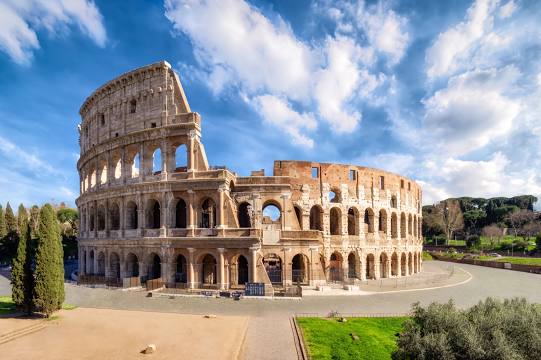
The Colosseum is an oval amphitheatre in the centre of the city of Rome, Italy, just east of the Roman Forum. It was built under the emperor Vespasian in 72 and was completed in 80 AD. Three emperors that were patrons of the work are known as the Flavian dynasty. The building ceased to be used for entertainment in the medieval era.
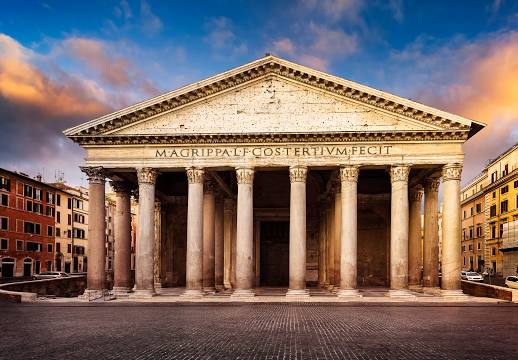
The Pantheon is one of the best-preserved of all Ancient Roman buildings. It was rebuilt by the emperor Hadrian and probably dedicated c. 126 AD. Almost two thousand years after it was built, the Pantheon's dome is still the world's largest unreinforced concrete dome.

The Trevi Fountain is the largest Baroque fountain in the city of Rome. It was designed by Italian architect Nicola Salvi and completed by Giuseppe Pannini and several others. The fountain has appeared in several films, including Roman Holiday and Three Coins in the Fountain.
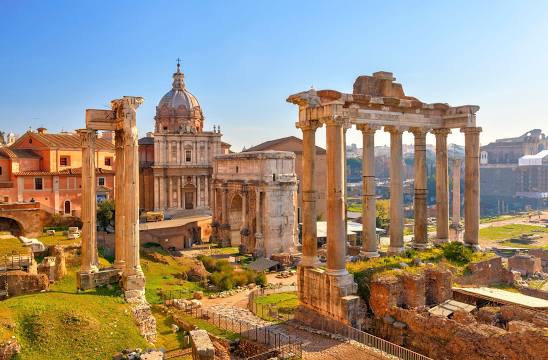
Roman Forum is located in the small valley between the Palatine and Capitoline Hills of Rome. For centuries the Forum was the center of day-to-day life in Rome. Today it is a sprawling ruin of architectural fragments and intermittent archaeological excavations attracting 4.5 million or more sightseers yearly.
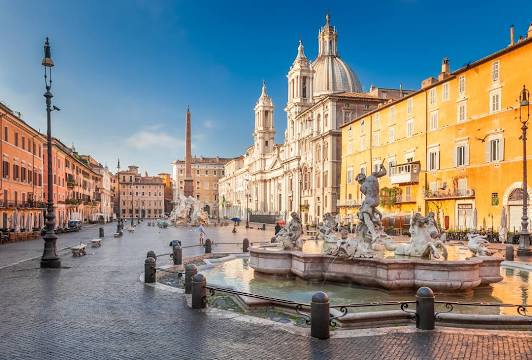
Piazza Navona is a public open space in Rome, Italy. It is built on the site of the Stadium of Domitian, built in the 1st century AD. The ancient Romans went there to watch the agones, and hence it was known as "Circus Agonalis".
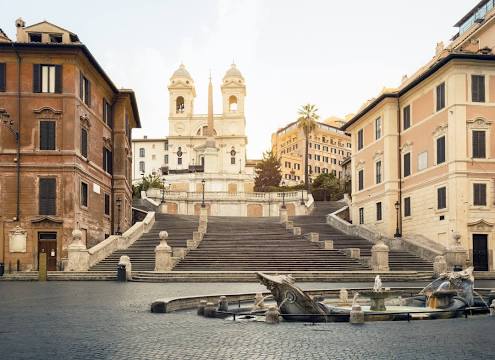
Spanish Steps in Rome, Italy, climb a steep slope between the Piazza di Spagna and the Trinità dei Monti church. The monumental stairway of 135 steps was built with French diplomat Étienne Gueffier's funds of 20,000 scudi, in 1723–1725.

The Mausoleum of Hadrian, usually known as Castel Sant'Angelo, is a towering cylindrical building in Parco Adriano, Rome. It was initially commissioned by the Roman Emperor Hadrian as a mausoleum for himself and his family. The building was later used by the popes as a fortress and castle.
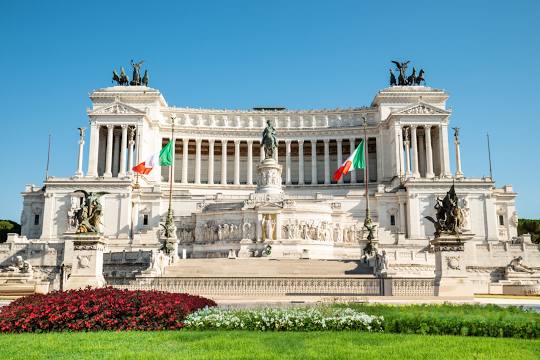
Victor Emmanuel II National Monument, also known as Vittoriano or Altare della Patria, is a large national monument built between 1885 and 1935 to honour Victor Emmanuel II. The monument was conceived as a modern forum, an agora on three levels connected by stairways and dominated by a portico.
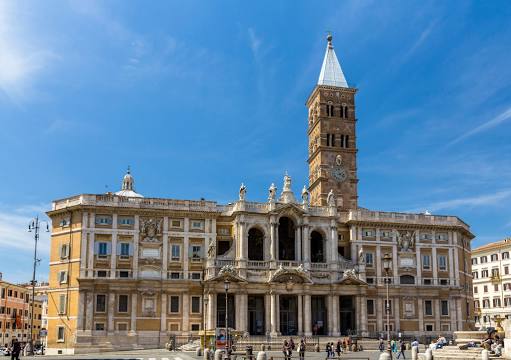
Basilica of Saint Mary Major, or church of Santa Maria Maggiore, is one of the Seven Pilgrim Churches of Rome. The basilica enshrines the image of Salus Populi Romani, depicting the Blessed Virgin Mary as the health and protectress of the Roman people. Pursuant to a Lateran Treaty of 1929 between the Holy See and Italy, the Basilica is within Italian territory and not the Vatican City State.
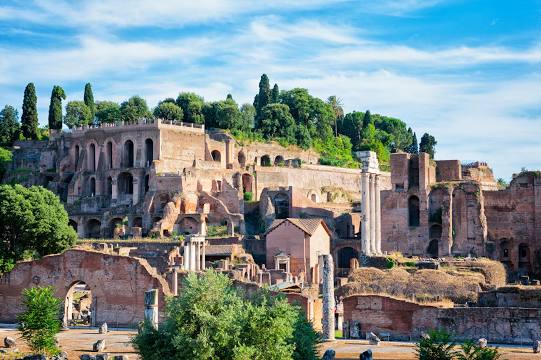
Palatine Hill is one of the most ancient parts of Rome. Imperial palaces were built here, starting with Augustus. The Palatine Museum houses many finds from the excavations here and from other ancient Italian sites. It has been called "the first nucleus of the Roman Empire".
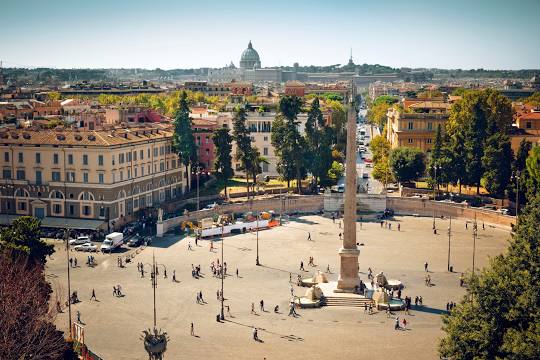
Piazza del Popolo is a large urban square in Rome. The name in modern Italian literally means "People's Square", but derives from the poplars after which it is named. The piazza lies inside the northern gate in the Aurelian Walls, once the Porta Flaminia of ancient Rome.
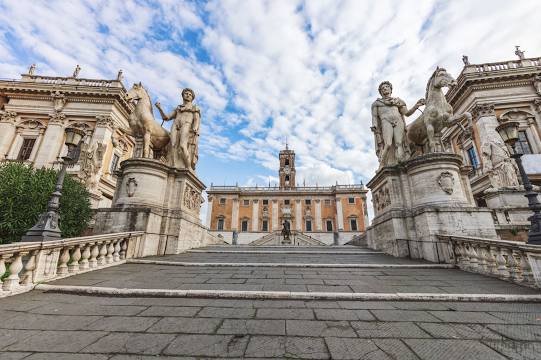
Capitoline Museums is a group of art and archaeological museums in Piazza del Campidoglio, on top of the Capitoline Hill in Rome, Italy. The history of the museum can be traced to 1471, when Pope Sixtus IV donated a collection of important ancient bronzes to the people of Rome.
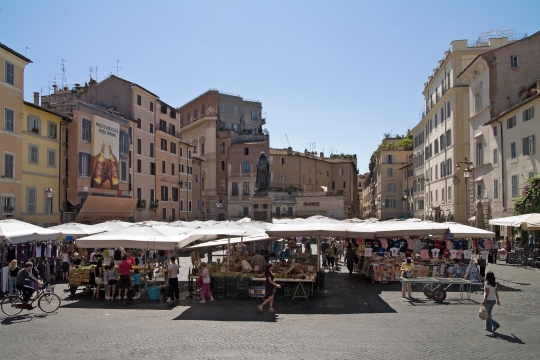
Campo de' Fiori is a rectangular square south of Piazza Navona in Rome, Italy. It is diagonally southeast of the Palazzo della Cancelleria and one block northeast of Palazzo Farnese. The name dates to the Middle Ages when the area was a meadow.
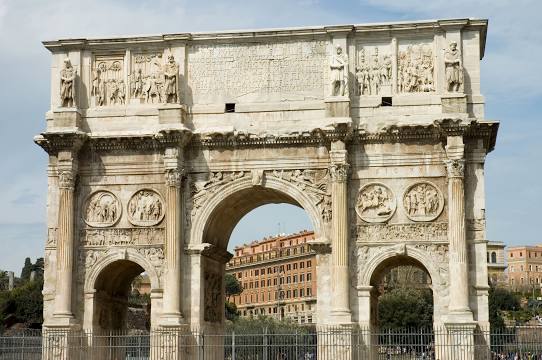
Arch of Constantine is a triumphal arch in Rome dedicated to the emperor Constantine the Great. The arch was commissioned by the Roman Senate to commemorate Constantine's victory over Maxentius at the Battle of Milvian Bridge in AD 312. It has three bays and overall dimensions of 21 m high, 25.9 m wide and 7.4 m deep.
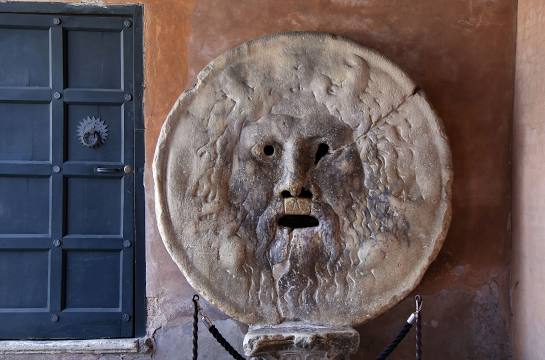
The Mouth of Truth is a marble mask in Rome, Italy. According to medieval legend, it will bite off the hand of any liar who places their hand in its mouth. Historians aren't quite certain what the original purpose of the disc was. It was possibly used as a drain cover in the nearby Temple of Hercules Victor.


